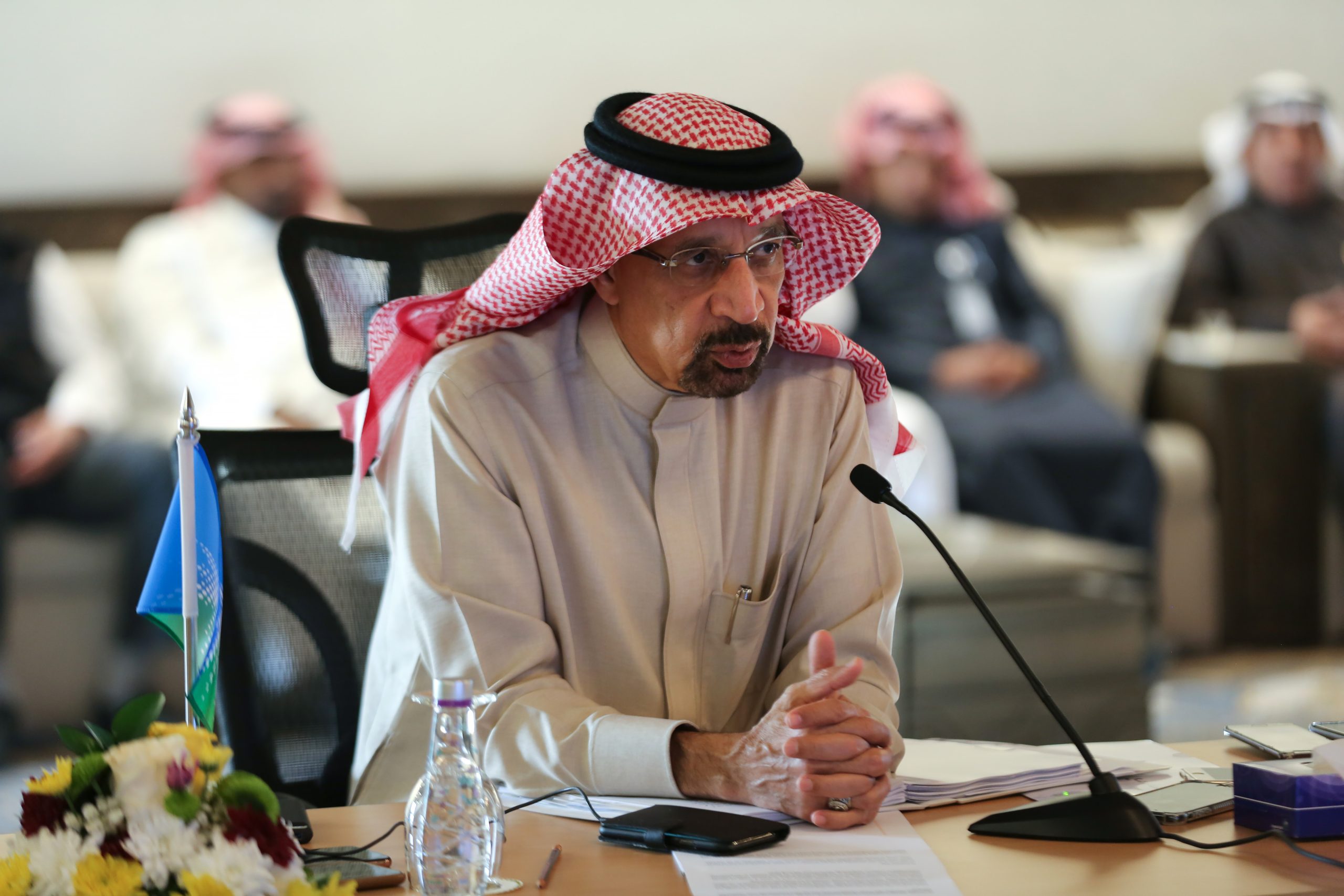The 24-nation coalition known as OPEC+ needs to “stay the course” until June as its job is “nowhere near complete” in terms of restoring oil-market fundamentals, Al-Falih said late Sunday at a news conference in Baku, Azerbaijan. U.S. inventories remain significantly above normal levels, and there is a risk of oversupply in the short term, he said.
But there was less full-throated support for extending the OPEC+ output-cuts agreement from Russia and Iraq — the pact’s other two biggest producers. Russian Energy Minister Alexander Novak said at the same briefing that uncertainties arising from production in Venezuela and Iran make it difficult for the coalition to determine its next step before May or June.
The ministers spoke ahead of a planned meeting in Baku on Monday of a committee of OPEC+ members responsible for monitoring output. The Organization of Petroleum Exporting Countries and its allies have entered its third year of curbing supply in order to defend crude prices. While they’ve helped engineer a 25 percent recovery in Brent this year, current prices of about $67 a barrel remain well below the levels that most of the producers need to cover government spending.

Job Still Remains
“My assessment is that the job still remains ahead of us,” Al-Falih said. “We’re still seeing inventory builds.” At the same time, many investors are skittish about investing in oil exploration and production due to uncertainty, and OPEC+ doesn’t want a situation where crude prices are too high, he said.
“We remain ready to continue monitoring supply and demand and doing what we have to do in the second half of 2019 to keep the markets balanced,’’ Al-Falih said.
OPEC has faced pressure from U.S. President Donald Trump to “relax” its stance on curbing supply, as severe strains on output from two members — Iran and Venezuela — threaten to trigger a shortage.
Al-Falih said the crises haven’t changed his view on the need to persevere with output restraints, as losses in both those countries haven’t been severe enough to prevent a renewed accumulation of oil inventories. If the slump in Iranian and Venezuelan supplies intensifies, OPEC is prepared to respond as it has in the past, he said.
Better Compliance
Producers are conforming well with output cuts they agreed to make starting in January, and their compliance is improving and will easily exceed 100 percent in March, Al-Falih said. Saudi Arabia will pump about 9.8 million barrels a day in March and April and export less than 7 million barrels daily in both months, he said. The kingdom has a production target of 10.3 million barrels a day.
“We agreed today we need to keep monitoring the situation and by May or June to discuss decisions for the second half of the year,” Novak said at the conference. Russia has trimmed its output by an average of 140,000 to 150,000 barrels a day in March compared with October, the reference month for Russia’s cuts, Interfax reported.
Iraq is doing its best to adhere to its pledged reduction and will pump less in March than in either January or February, Ghadhban, the Iraqi minister, said. While welcoming the price boost from the current accord, he said he hopes that producers continue to put into effect the cuts they’ve promised.
“We should continue till June and then decide, but we are continuously observing and analyzing the market,” Ghadhban said.
















































You must be logged in to post a comment Login